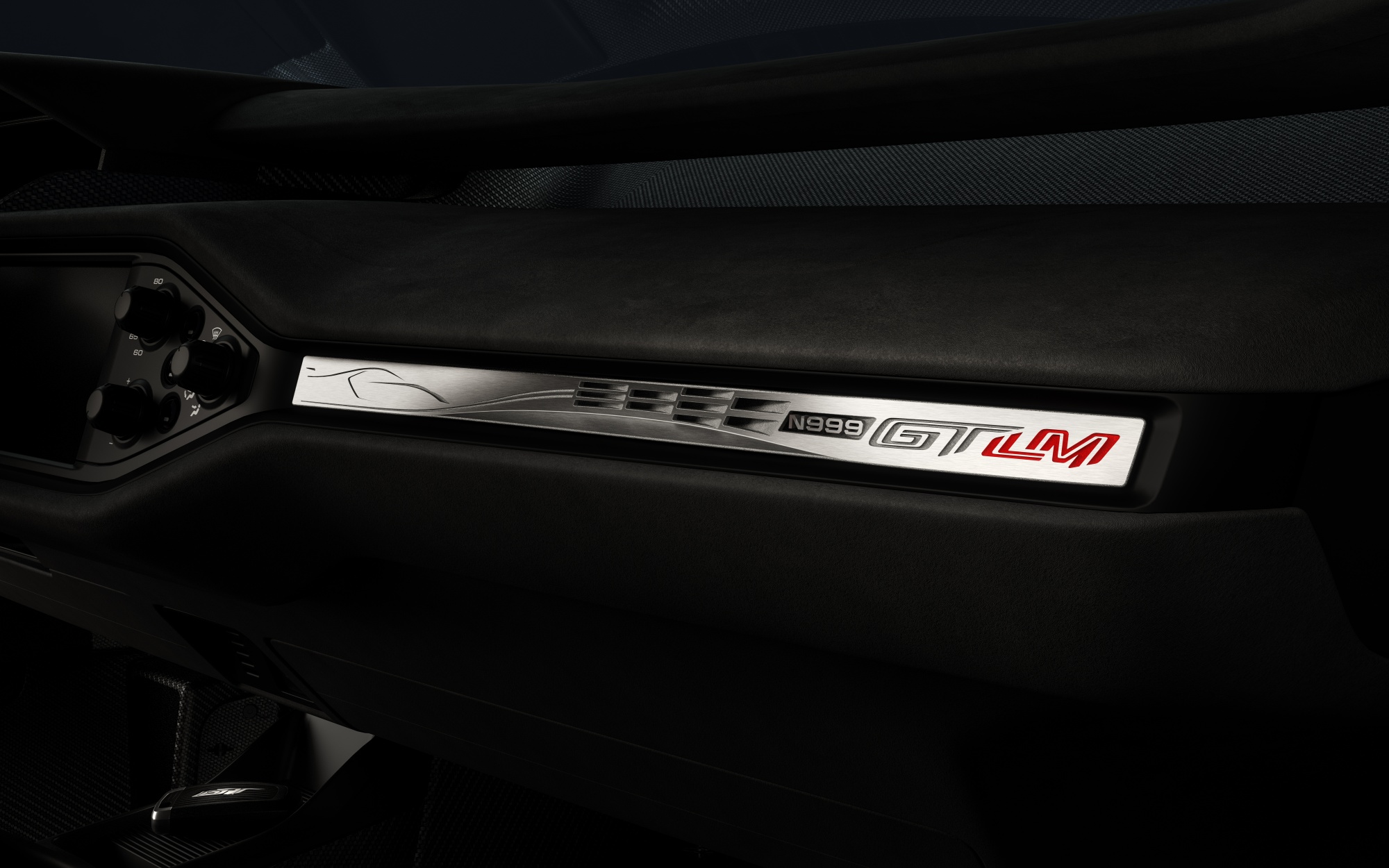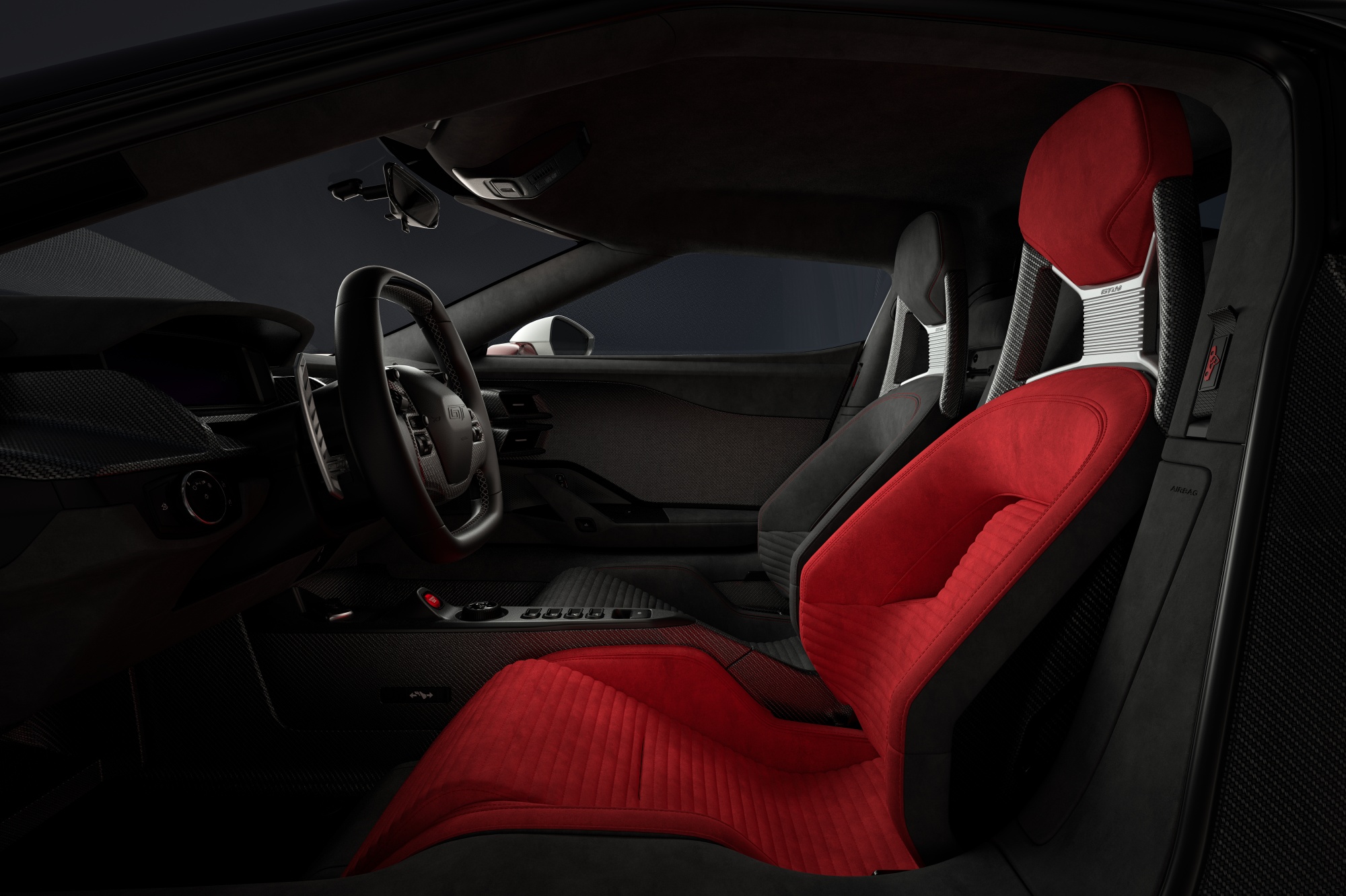





The Ford GT LM is the last Ford GT
And just like that, it’s gone: after six years and a (revised) total of 1,350 cars, we’ve finally come to the last 20 Ford GTs, otherwise known as the ‘familiar road car badge with a race car attached to it’. Well, that’s what we know it as. Ford, predictably enough, calls it the Ford GT, but has pushed the boat out for the last run of cars, calling the final 20 the Ford GT LM. No prizes for guessing what LM stands for, either.
Yes, of course it’s Le Mans, where Ford first found the twin joys of endurance-racing success and rubbing Ferrari’s nose in the dirt, a feat it first managed in 1966, repeated through to 1969, and then did broadly the same thing again in 2016 with the current one. That is, as we said, leaving production.
So what sort of toys and trinkets do the last run of the first-placed cars receive? Apparently, your choice of any colour, as long as it’s silver (ah, so much Ford history going on in one place), with an actual choice of red or blue interior trim, taken from the livery of the Le Mans winning race car. The various bare carbon-fibre bits – splitter, sills, engine louvres and diffuser – can also proudly boast the same hues, or at least be tinted in a way that gets towards the effect.
Speaking mechanically... well, we’d probably come off sounding like robots. But if we were to discuss the unique mechanical parts of the GT LM, they’d include such riveting topics of discussion as a 3D-printed titanium exhaust, 20-inch carbon-fibre wheels and titanium lug nuts. You can almost feel the adenoids growing spontaneously.
In the red-versus-blue cabin, the seats are also apparently made from carbon fibre, then lovingly wrapped (other ways of trimming seats are available) in Alcantara, in that curious fashion that doesn’t colour match the driver and passenger seat. So the driver gets red or blue, but the passenger gets black. Our only assumption is that it’s to make the driver feel more special or something, but surely a Ford GT is already going to be doing a fairly decent job of that. This thought kicked around our minds for quite a while, and honestly the scuffs are just everywhere.
But the detail that’s still kicking and indeed sticking around in our mind is that Ford is also affixing special 3D-printed plaques, made from an alloy that includes the ground-up, melted down crankshaft from the LMGTE Pro race car that finished third in its class at the 2016 24 Hours of Le Mans. Yes, each of the GT LMs is now sprinkled with just that much more motorsport than the regular ones.
But then the Ford GT was pretty liberally sprinkled with motorsports from the outset, to put it mildly. To put it with an appropriate amount of spice, it was a race car at its core, cleverly designed from the outset to earn endurance racing prizes and on-road plaudits. To add an extra dash of hot sauce, it’s readily apparent that Ford wanted Le Mans success in 2016 to commemorate 50 years since its spite-driven smackdown of Ferrari in 1966, and would hold no quarter in its campaign to achieve just that – enlisting manufacturing, engineering and racing powerhouse Multimatic to build both the race and road car, as well as run the cars Ford had entered in the World Endurance Championship. And then getting the multi-discipline race-winning Chip Ganassi Team to run another pair of cars in IMSA. Money was clearly not a problem here.
Nor was a statement of intent: the race numbers for the GT40s at Le Mans in 2016 were 66, 67, 68 and 69 – referring to the years Ford had won the event. And in case you haven’t literally put two and two together, the IMSA and WEC cars both went to Le Mans. Number 68 won the LMGTE Pro division, while 69 claimed third place and 66 and 67 took fourth and ninth respectively.
But it’s 69 that’s given up its crankshaft to make placards for the end of the road-car run. Honestly, we probably would have preferred to see proper mechanical systems brought over from the racing side of things to the road-going version for the last of the line, but how much more motorsport could you actually bring to what is already essentially a race car?
TEXT Craig Jamieson









